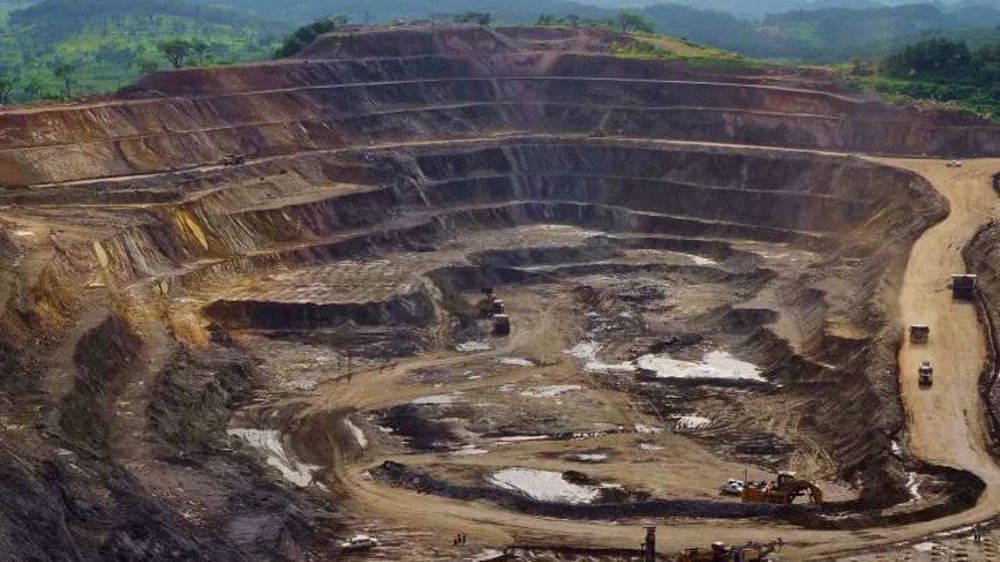5.7-magnitude quake jolts Tanzania, kills 16
A strong earthquake with a magnitude of 5.7 on the Richter scale has jolted northwest Tanzania, killing at least 16 people.
According to a statement released by the United States Geological Survey (USGS), the epicenter of the seismic activity, which occurred at 1227 GMT on Saturday, was about 25 kilometers (15 miles) east of the town of Nsunga, situated in the region of Kagera, on the border of Lake Victoria.
The quake struck at a depth of 10 kilometers (6.2 miles), the statement added.
The residents of the town of Bukoba, the capital of the Kagera region, which is also near the epicenter, reported that some houses had collapsed. The fatalities have been reported there. Some 250 people were also injured in the town, according to early reports.
The office of Tanzanian President John Magufuli issued a statement in the wake of the quake, saying “the president is shocked at the reports of the incident that has resulted in the loss of several people, and many others injured and property destroyed.”
Other reports say that strong aftershocks were felt in parts of Uganda and Kenya, with which Tanzania shares the waters of the lake, and also in some parts of Burundi and Rwanda.
The last earthquake in the region was recorded in 2004, measuring 4.7 on the Richter scale.
Earthquakes, usually with low intensity, are fairly common in the African Great Lakes region, which includes Lake Victoria, the second largest freshwater lake in the world by area and the largest tropical lake in the world, and Lake Tanganyika, which is the world’s second largest freshwater lake by volume and depth.

Top Israeli diplomat expelled from African Union summit

US revokes all visas held by South Sudanese passport holders

US considering ‘rare earths’ deal with DR Congo: Report
VIDEO | German Conference sheds light on Scholasticide in Gaza
Iraq warns Daesh threats `resurging’ in Syria
Iran petroleum minister in Iraq to discuss enhanced energy cooperation
Iran: US talks focus on lifting ‘cruel sanctions’; no direct engagement amid threat, pressure
VIDEO | Nanostrike: Yttrium-90 and the fight against cancer
VIDEO | Iran-US indirect talks
VIDEO | An Insider's View of Iran: Kahak Village and Tehran Churches
VIDEO | Press TV's news headlines







 This makes it easy to access the Press TV website
This makes it easy to access the Press TV website